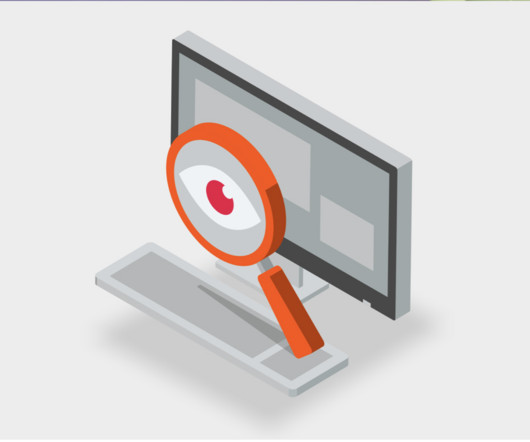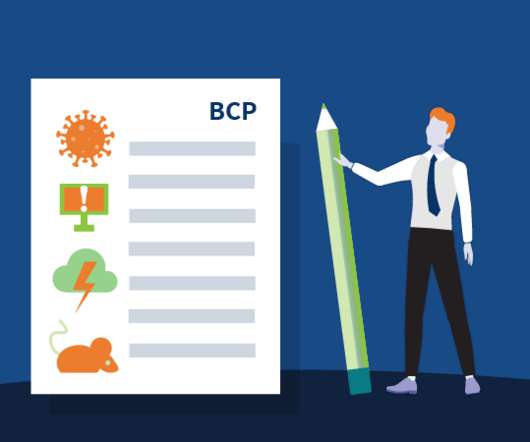How to Implement Threat Modeling in Your DevSecOps Process
Pure Storage
AUGUST 3, 2023
Threat modeling is an essential tool for developers and security professionals to identify and mitigate potential security risks in software systems proactively. Tampering: Tampering refers to the ability of an attacker to modify data or software without detection. This can be a serious threat to data integrity and confidentiality.
















Let's personalize your content